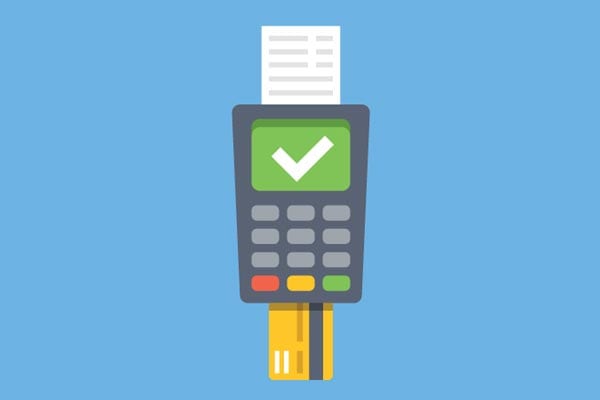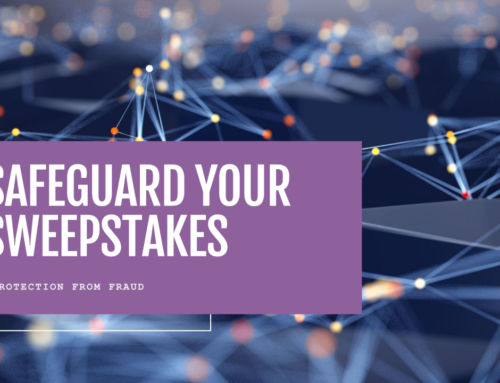If your primary goal when executing a sweepstakes is to drive sales, you’re in luck: Sweepstakes offer a unique opportunity to incentivize the sale of products and services. However, if you do ask consumers to make a purchase for a chance to win a prize, you must also offer a free, alternative method of entry (“AMOE”).
In a previous blog post entitled “Sweepstakes 101: Prize, Chance and Consideration,” we explained that for a promotion to be classified as a legal sweepstakes, chance and a prize are both involved, but consideration cannot also be included or else the sweepstakes becomes an illegal lottery.
So how is it that sponsors can urge participants to make a purchase, attend an event, or complete any other action that could be defined as consideration in order to enter a sweepstakes? By offering an AMOE.
What is an AMOE?
“AMOE” is an acronym for Alternate Method (or “Means”) Of Entry, and it is a concept used by marketers who know that they must comply with the legal regulation “No Purchase Necessary to Enter or Win”. By including an AMOE as an alternative entry method, you can ask customers to make a purchase or send in a proof-of-purchase in order to enter your sweepstakes.
Typical examples of AMOE entry include mailing in a postcard or completing an online entry form.
When offering an AMOE for your promotion, it is important to remember that the AMOE must have equal dignity to the purchase method of entry. This means that participants must be able to find details about the AMOE easily, and there has been no attempt to hide them, or make them difficult to interpret. In addition, the Official Rules and Disclosures for a sweepstakes offering an AMOE must clearly state that by opting to enter via AMOE, participants have the same chance of winning as they would be entering through the method involving consideration.
Examples of using sweepstakes to drive sales:
- A supermarket wants to drive sales by offering its customers a chance to win a prize with every purchase. The supermarket tracks sales and entries by requiring customers to scan their loyalty or “customer club” card during purchase to document their entry. Consumers can also enter without purchase by mailing in a postcard entry.
- A retailer wants to drive use of their branded credit cards by offering a Credit Card Holder Appreciation Sweepstakes. Every time a customer makes a purchase in-store or on the e-commerce site using their branded credit card, they receive a chance to win a prize. Consumers can also enter without purchase or using the credit card by visiting the sweepstakes microsite and submitting an online entry form.
- A pet food company wants to drive purchases of their new dog food line, so they partner with a big box chain store and offer a sweepstakes to customers. Customers who purchase a qualifying dog food product will receive a special microsite address and unique entry code on their purchase receipt. Customers can then visit the microsite and provide their unique entry code to receive a sweepstakes entry. Consumers may also receive a unique entry code without purchase by requesting a code by mail.
Do you always have to offer an AMOE?
No, as long as your primary means of entry is free, then an AMOE is not necessary. Here are some examples of means of entry that are NOT deemed consideration and do not require an AMOE:
- Visit a website and submit an entry form
- Take a photo or create a short video
- Write a short essay
- Play a simple game or watch a brief video
If you have questions about AMOEs, or are wondering if your next promotion will require an AMOE, click here to Contact US Sweepstakes today!




